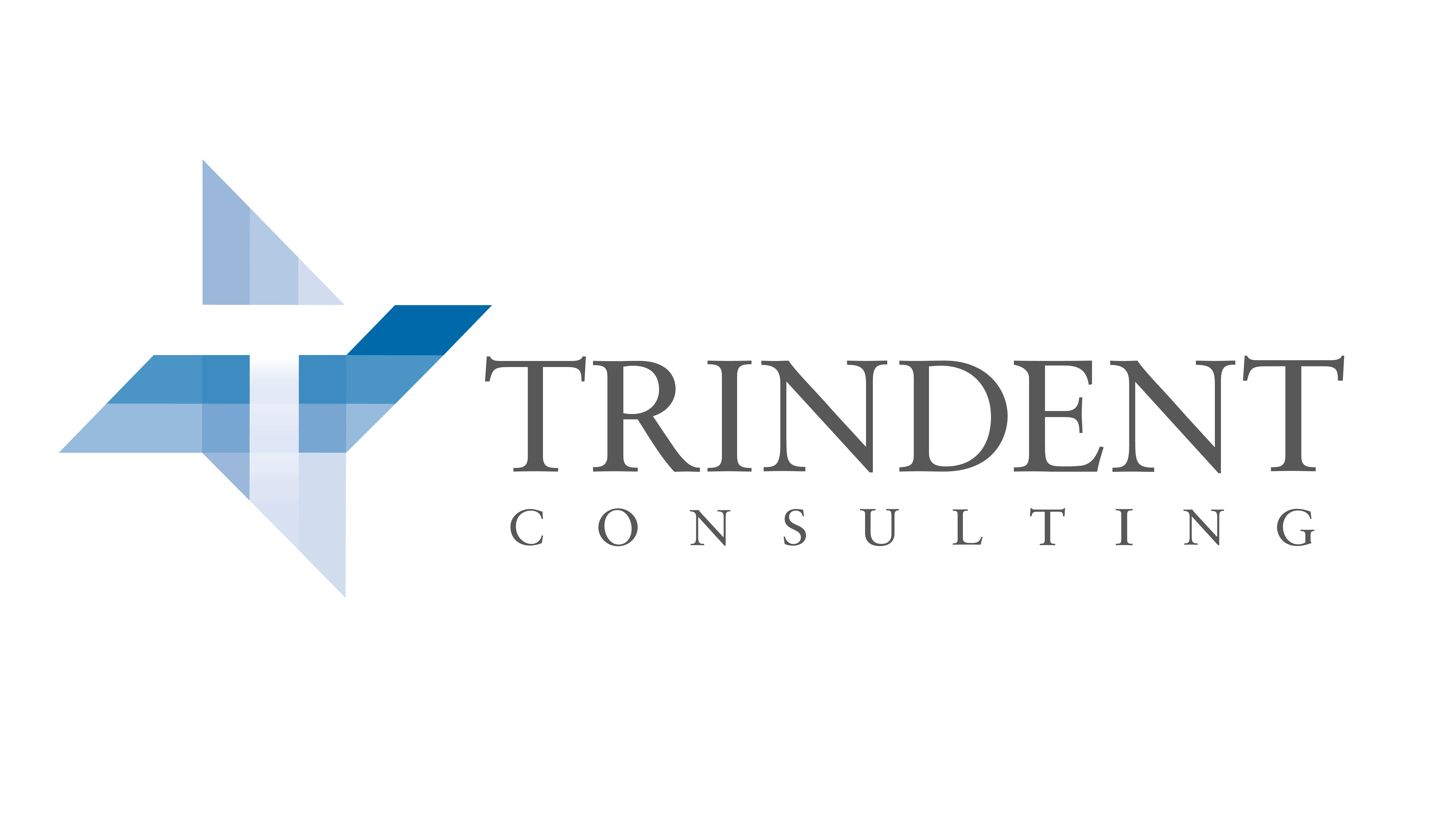The Building Blocks of A Robust Implementation Plan

The essence of developing a robust implementation plan lies in working hand in glove with the client at every stage. An implementation plan is a well-charted out agenda of achieving the client’s objectives by breaking down the overall engagement into bite-sized pieces, with each component having an owner and a firmly tracked deadline. This makes it easy for the clients to follow along and gives a clear indication of who is driving the agenda and when we expect to have closure. The objective of the implementation plan is fulfilled only by ensuring that we continuously monitor our progress towards the “end goal” while simultaneously confirming that the client has been well trained on the new process guidelines. To be successful in the design of the plan, investing time in understanding a customer’s existing processes and systems becomes a crucial step during an engagement and helps us determine where the greatest opportunity lies.
Strategies to Identify Implementation Opportunities
The first step is conducting area interviews with multiple key stakeholders to gather all the relevant details including the function of the area, organization structure, information they receive and provide, and to understand any inefficiencies in their existing setup. We also utilize this time to engage the client in having the first round of discussion on the opportunities identified.
For a recent Oil & Gas engagement, the team identified a plethora of opportunities across several areas – Planning, Scheduling, Lab and Operations, that could improve the refinery’s current blending process. The team dug deep to understand the functioning of the stakeholder teams and their inter-dependencies which highlighted potential areas for improvement. We attributed a financial benefit (savings) to optimizing the refinery's blending practice by following Trindent's methodology and recommendations that stem from our deep expertise in this space driven by successful implementations across top refineries across North America. We began by filtering down, identifying, and ranking the opportunities with the greatest impact first and started working our way down the list, keeping our clients well-apprised of what we are working on and ensuring that we are implementing a sustainable change.
Components of an Implementation Schedule
Once we had a final rundown of the opportunities signed off by the team, I started developing a detailed implementation schedule. This included breaking down each opportunity into different tasks and subtasks. Individual tasks can have several stages such as designed, implemented, installed and sustained, and a timeline to enable progress tracking. At this point its imperative to check that the team has adequate resources (both time and personnel) for the successful implementation of the plan in the future. This can be achieved by doing the following:
- Identify the personnel: Assign each task to a stakeholder and keep in mind that – they can make or break the project. Therefore, it is important that one chooses them wisely. A good owner will be someone who has a vested interest in the success of the project.
- Check personnel’s availability: Ask your key stakeholders for their upcoming schedule well in advance. It’s also important to set clear expectations at this point – Mentioning in clear words how much involvement is required – whether it will be 5 hours in a week or 10 hours. This is because while the project may be the priority for you, it may not be for your stakeholders.
Fail to plan and you plan to fail - Benjamin Franklin
Trindent believes in developing custom implementation solutions for our clients, there is no cookie-cutter, one-size-fits-all solution. We achieve this by working very closely with clients to understand their requirements. We identify and address their biggest pain points, and recommend sustainable action plans with an aim to ensure that the learning curve to adapt to the process changes for the client is as low as possible and achievable at the lowest cost. By doing so, we bring about operational efficiencies in daily work practices for our clients, helping them improve their margins and achieve savings along the way.
Oil and Gas Industry: The Path Forward
As 2021 unwinds, the Oil & Gas Industry and the global energy landscape are experiencing significant shifts. After an extremely challenging year in 2020—wherein this sector experienced major disruption caused by simultaneous price collapse, supply glut, unprecedented demand decline, and a health/economic crisis—the outlook remains uncertain.
Aside from industry fundamentals, other forces remain at play. Amid shifts in major trends, such as emerging technologies, pressure to act on climate change, new regulations, changes in consumer demand preferences and investor activism, most experts agree that a permanent shift in the energy demand curve has taken place. Concerning fossil liquid fuels in particular, there seems to be consensus that demand will rebound to previous levels and grow, albeit at a slow pace, over the next decade and then decline gradually rather than suddenly, depending upon the regulatory pressure on emissions. However, long-term oil demand will remain pressured by several factors such as reduced growth in automobile demand, enhanced engine efficiency in road transportation, and appetite for electrification. As such, oil remains exposed to large swings in all scenarios developed by forecasters. Gas is the lone fossil fuel whose demand is expected to grow significantly in the next decades. Regardless of the outlook and the trends for energy transition, all scenarios have a common theme: that fossil fuels will retain their fundamental role in the energy sector for the next 30 to 40 years.
Recovering From 2020
Worldwide, the Oil & Gas sector experienced great financial turmoil last year during the pandemic. Hundreds of thousands of workers lost their jobs, others were laid off and refinery sites in the U.S. and abroad were permanently shut down. As demand recovers to previous levels, fewer refineries are available to produce the fuels required, and, upstream, about 40 million barrels per day of new production are needed despite severely restricted capital expenditures.
Thus, while the lion share of the attention is focused on electricity, “gray” vs. “green” hydrogen and renewable energy, the 131 remaining refineries in the U.S. still need to refine the petroleum products which drive more than 90% of all transportation; the plastics utilized in PPE manufacturing; the isobutane, propane and propylene used as refrigerant for vaccines and medicines; and the naphtha used as raw material for polypropylene syringes. In addition, about 50-60% of all homes in the U.S. are heated by natural gas. The other half use electricity, though natural gas is responsible for nearly 40% of electricity production, too. In net, fossil hydrocarbons are practically everywhere. Given its role in supplying affordable energy, this sector is too important to fail.
The Path Forward
What then is the path forward for the market participants in the Oil & Gas space? Refining and Marketing independents and Major Oil companies may accelerate their pace to invest in renewable energy due to increased Shareholder pressure to go green driven by the Environmental, Social and Government (ESG) trend and government policies that reward renewables and penalize Oil & Gas. However, despite highly heralded green energy goals, Oil & Gas companies already have a business that is critical to the next few decades. As such, Shareholders and owners need to focus on creating value in the midst of these new conditions, as the industry is entering an era of intense competition and rapid supply response driven by technology.
In the case of refiners there is a heightened incentive to redirect efforts after last year’s turmoil to ensure short- and long-term success. All companies predictably acted to protect employees’ health and safety and to preserve cash, for example by cutting or deferring discretionary capital and operating expenditures and, in many cases, distributions to shareholders. As predicted, these actions were not enough for companies that were financially hard-pressed. Refiners will continue to experience wild swings in inventories, demand uncertainty and changes in the political climate which will continue to affect the stability of this sector. To adapt to these fluctuating environment, leading companies continue their focus on continuous improvement projects with high ROI and short breakeven or payback periods.
The pressure is ever mounting to extract all possible value from optimizing refineries and their supply chains and seizing new opportunities for margin improvement through digitizing refineries. At Trindent, we double down on our recommendation at the beginning of the year: “Refineries should be focused on creating value through precision, limiting product exceedances of minimum-quality requirements by improving product-demand forecasting, blending processes, or using in-line measurement tools. Refiners with optimized operations planning spend less on the components that make up their finished products.”
To operationalize our recommendation, here are some of the areas we have focused on with our clients:
- Identifying the value and finding the “cash register.”
- Setting up the right processes and workflows, including identifying and redeploying the team’s roles and responsibilities.
- Integrating existing software and hardware solutions (e.g., process design, supply chain planning, refinery scheduling, advanced process control, data historians and predictive asset performance management) with real life data and operations to ensure that our clients extract the full value of the tools they have invested in.
- Making sure that advanced technologies such as in-line analyzers have proper modeling plans, as well as calibration procedures, to ensure property analysis precision and profitability when utilized in conjunction with Distributive Control Systems (DCS) Advanced Process Control strategies for blending refinery fuels.
- Making sure there are appropriate diagnostic monitoring tools to ensure in-line analyzers quality control.
- Ensuring a robust Quality Assurance program in data measurement activities, as well as promoting communication between the data testing facilities and operations for validation programs and control & optimization processes.
- Proper use of statistical tools and models to ensure appropriate input to Advanced Control tools such that the tools are tuned and used with unclamped limits for optimization.
- Ensuring proper maintenance (preventative and conditions-based) for analyzers and field instrumentation that are part of the refinery digitizing efforts.
Conclusion
In the longer term, significant shifts in the sector’s fundamentals will continue, and government policies will drive the magnitude of the transitions. Meanwhile, success today and in the coming decades is contingent upon developing efficiencies and rapid responses to ever changing conditions. Trindent is uniquely suited to helping our customers achieve those goals and reposition for the future.


